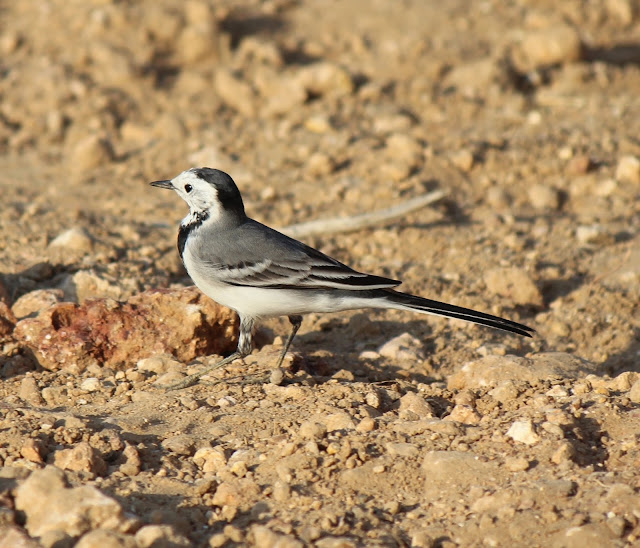PILERN BEHIND LANDSCAPE CITY
Landscape city is on chogum road, behind landscape city there is a back road there will be two roads.
The one on the left will go to a very nice dense forest and the right one goes to pilern you will pass a big open ground.

The open ground
You can see many birds like red wattled lapwing, yellow wattled lapwing, grey wagtail, white browed wagtail, Indian robin, pied bush chat, racket tailed drongo, bronze/black drongo. sometimes you may see black eagle or steppe eagle.
The forest
if you keep going down the left road you will come across a very thick forest on both sides. The birds you get here are pied/gray bellied/bay bellied cuckoo, leafbirds, racket tallied/black/ashy/white bellied/bronzed drongo, rufous/jungle/puff throted babbler, tickell's blue/Asian paradise flycatcher, great/black lored tit, etc. You may see Indian pitta or flame backs.
white bellied drongo
racket tailed drongo
golden-fronted leafbird
 |
| Grey bellied cuckoo |





















































